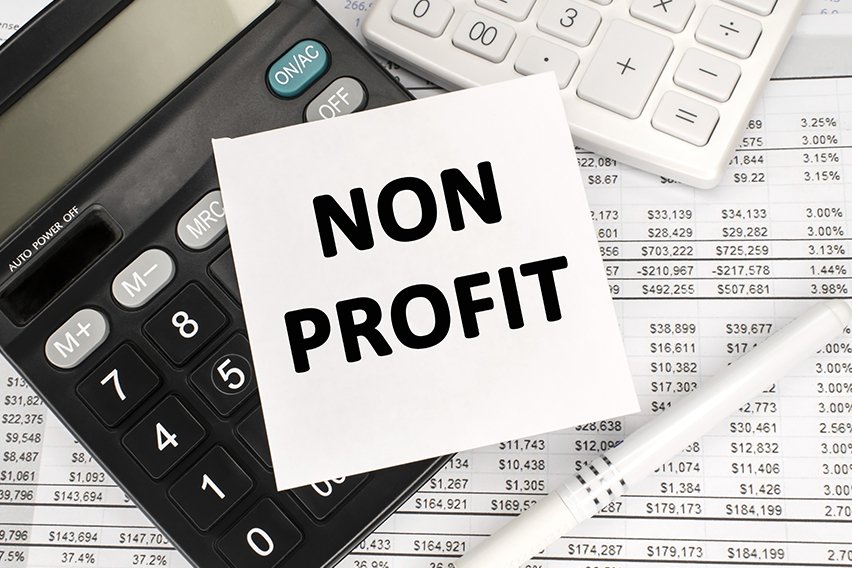How to Create a Single-Step Income Statement and Simplify Your Small Business Accounting

A single-step income statement is one of the two common formats for small business income statements, which are also called profit and loss statements. The single-step income statement is the simpler of the two formats, because it uses just one equation to calculate a business’s net income. An income statement is one of the major financial statements that companies prepare to demonstrate the financial position of the business. The other main financial statements are the balance sheet and the cash flow statement.
Learn what a single-step income statement is and how to prepare one for your business:
What Is a Single-Step Income Statement?
What Businesses Use Single-Step Income Statements?
How to Prepare a Single-Step Income Statement
Single-Step Income Statement Example

What Is a Single-Step Income Statement?
The single-step income statement gives a straightforward summary of a business’s financial performance for a specific period of time, focusing on the profit earned. They are most often used by small businesses that have relatively simple operations and few line items to report.
Single-step income statements are easy to understand even if you aren’t an accounting expert. They don’t go into the heavy details of a business’s financial accounting and they use just one formula to calculate net income. The equation used in a single-step income statement is:
Net Income = (Revenues + Gains) – (Expenses + Losses)
A single-step income statement has two main sections: one reporting revenue and the other reporting expenses.
The revenue category includes:
- Sales revenue
- Investment income
- Revenue from interest
The expenses category includes:
- Cost of goods sold
- Depreciation
- Rent
- Utilities
- Employee salaries
What’s Reported on a Multi-Step Income Statement?
The main difference between single-step and multiple-step income statements is the level of detail they include. Multi-step income statements report more details about a business’s financial activity than a single-step income statement offers. They separate operating revenues and operating expenses from non-operating revenues and expenses.
Multi-step income statements also use multiple equations to calculate net income. In the process they also calculate gross profit and operating income.
What Businesses Use Single-Step Income Statements?
Single-step income statements are a good reporting method for small organizations with simple operations. They offer less details about a company’s financial activity, but they’re easier to prepare and straightforward to read.
Sole proprietorships, simple partnerships and other small, service-based businesses can use single-step income statements to report their profits.
How to Prepare a Single-Step Income Statement
Preparing a single-step income statement is a relatively straightforward process. Small businesses can create the document on their own or hire an accountant to generate the report. Here are the steps to prepare a single-step income statement:
Choose the Reporting Period
The first step in creating a single-step income statement is defining the reporting period for the document so that all the data you’re presenting is comparable. Generally, businesses choose to prepare income statements on a yearly, quarterly or monthly basis. Unlike corporations, which are required by law to release quarterly and annual financial statements, small businesses aren’t heavily regulated in terms of how often they need to prepare income statements. But since they detail important information about the profitability of your company, it can be helpful to prepare income statements monthly or quarterly. To accurately prepare a statement, refer to our detailed guide on how to preparing an income statement to get correct information on your business’s financial health.

Include a Header
Single-step income statements open with a header conveying important information about the document. The header states the name of the company, identifies the report as an income statement and includes the time period covered in the document.
Add Up Revenues
Next in your single-step income statement, you’ll need to create the first main section of the report, Revenues. The Revenues section covers the top portion of the report, with the Expenses section directly below it. Enter each of the revenue line items your business has to report and then add them up to find the revenue subtotal. Enter that figure into the Total Revenues line at the bottom of the Revenues section.
Add Up Expenses
The second main section of a single-step income statement is for Expenses. Create the Expenses section directly below Revenues. Enter each expense account to the report as a line item and add them all up to calculate the subtotal of your Expenses section. Add the figure to the Total Expenses line item at the bottom of the section.
Calculate Net Income
To calculate your business’s net income, subtract your Expenses and Losses from your Revenues and Gains. If the net income is a positive number, then your business is reporting a profit for that reporting period. If the net income is a negative number, then your business is reporting a loss.
Single-Step Income Statement Example
This example of a single-step income statement from Accounting Explained shows the different sections covered in the report and the overall format of the content.
RELATED ARTICLES

 Should I Hire An Accountant For My Small Business?
Should I Hire An Accountant For My Small Business? How to Categorize Expenses: 14 Small Business Expense Categories to Consider
How to Categorize Expenses: 14 Small Business Expense Categories to Consider Nonprofit Accounting: Basics and Best Practices Guide
Nonprofit Accounting: Basics and Best Practices Guide What Is a Favorable Variance? What It Means for Your Small Business.
What Is a Favorable Variance? What It Means for Your Small Business. What Is Burden Cost in Manufacturing and Why You Should Calculate It
What Is Burden Cost in Manufacturing and Why You Should Calculate It Conversion Method: Easy Steps to Convert from Single-Entry to Double-Entry Accounting
Conversion Method: Easy Steps to Convert from Single-Entry to Double-Entry Accounting